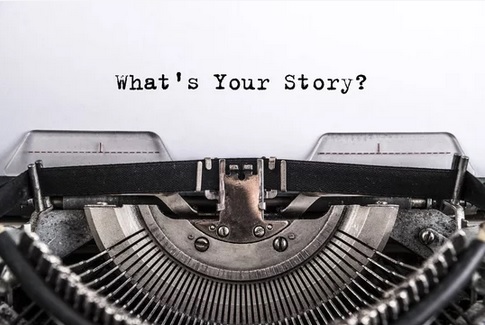
by Lynn Lipinski | Oct 3, 2013 | Writing
My first draft writing comes out like molasses, thick and slow, trying my patience and my will. The second draft flows easier, like honey squeezed out of those plastic, bear-shaped bottles at the grocery store. Will my third draft be maple syrup? I wish for words to...

by Lynn Lipinski | Sep 4, 2013 | Writing
Add a powerful punch to your writing by using as few words as you can to express your thoughts. Readers’ attention spans are getting shorter and shorter, so concise writing is key to keeping their eyes on the page or screen. I’m as guilty of wordy writing...

by Lynn Lipinski | Aug 23, 2013 | Fiction, Writing
Writing is not unlike mining for gemstones. It’s labor intensive, can be frustrating and sometimes surprisingly rewarding. You can write better reports, blogs, emails and tweets if you break your writing tasks into three easy steps, similar to those taken by a...

by Lynn Lipinski | Aug 13, 2013 | Essays and Features, Personal, Writing
Two minutes of running as a beginner and I was gasping for air. How did people run for a mile? I couldn’t make it around the block. I asked my fast-footed sister for advice. “You’ve got to slow your breathing down,” she said. I had no idea how...

by Lynn Lipinski | May 1, 2013 | Writing
Writing about complex ideas sometimes brings out the big vocabulary words and abstract expressions. This seems like the right approach — complex ideas should be explained and expounded upon with complex words, right? Wrong. If reader understanding and retention...






